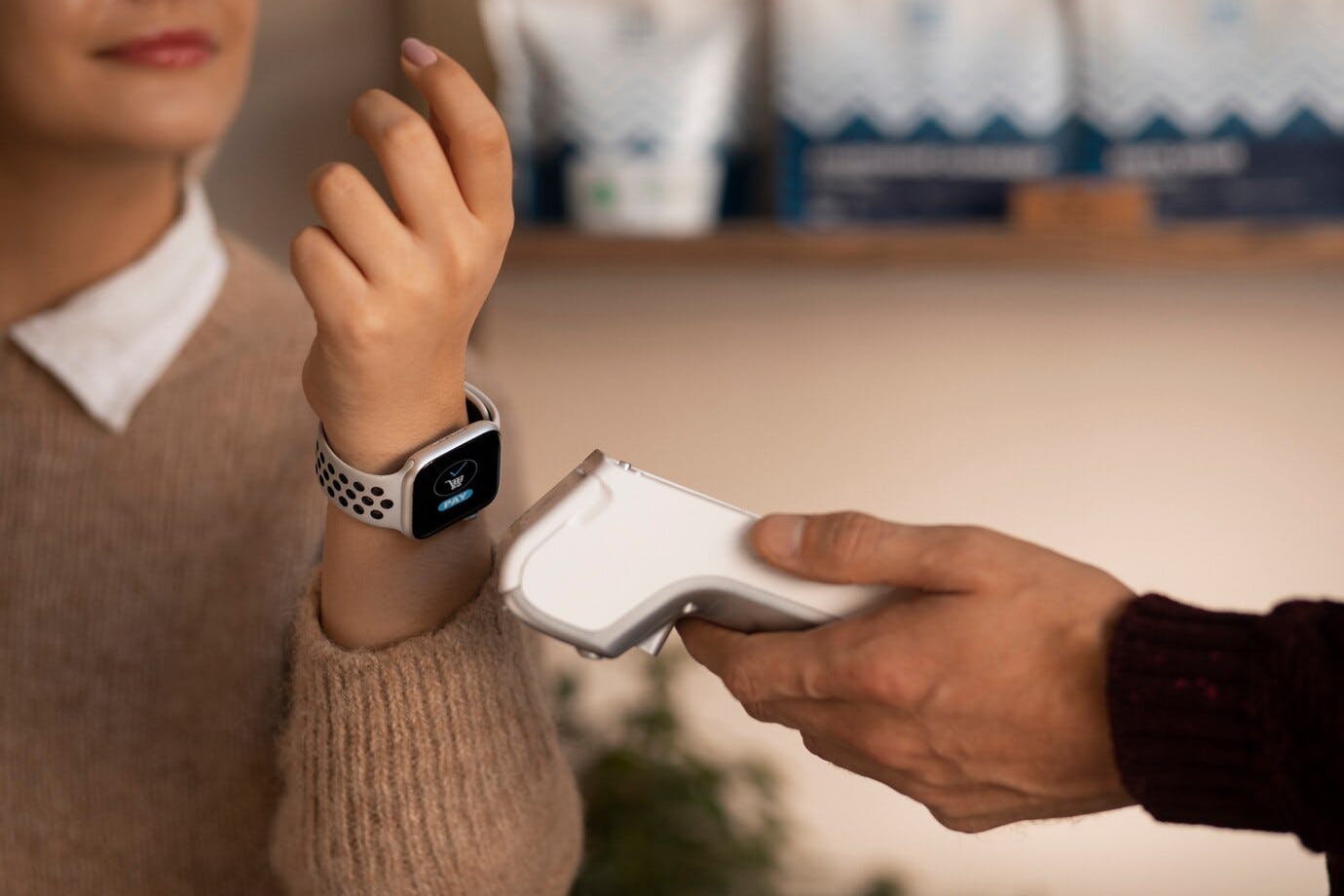Research scientist Shelby Bachman, PhD, spoke at the Roche Digital Biomarkers in Clinical Trials Summit on the prospects for wearable sensors for measuring health-related quality of life in cancer survivors.
Cancer survival rates are on the rise. As more and more patients put cancer in the rearview, healthcare providers and drug developers are expanding their horizons from survival. Providing for and promoting health-related quality of life, including physical function, among cancer patients and survivors has become increasingly important.
Limitations of Standard Measures of Physical Function
Establishing protocols and treatments that promote physical function innately requires measurement of the same; this is a complex prospect. The tools currently used for measuring physical function in care and clinical research include patient-reported outcome assessments, clinician-reported outcome assessments, and performance outcome assessments. The limitations of these measures are well-established and include:
- Excessive Burden to Patients
- Excessive Burden to Providers
- Ceiling Effects
- Failure to Capture Real-World Challenges
Benefits of Wearables for Obtaining Physical Function Data
Wearable sensors, such as accelerometers and GPS trackers, offer a host of advantages that directly address these limitations. The benefits of wearable sensors for obtaining data on patient physical function are directly related to the sensor’s attributes.
Wearable sensors can capture data:
- Passively
- Continuously
- Remotely
Study Overview
In this study, we were interested in whether data from wearable sensors could provide insights into cancer survivors’ physical function. In work conducted with our collaborators at Colorado State University, 86 cancer survivors who had completed breast, colon, or rectal cancer treatment were equipped with thigh-worn wearable sensors for one week.
Data from the sensors was used to derive measures of real-world physical activity, including daily steps, time spent in physical activity, and activity fragmentation. Additionally, participants’ well-being and physical function were measured with commonly used patient-reported outcome assessments, and their aerobic fitness was assessed with in-clinic submaximal exercise tests.
Multimodal statistical analysis found strong correlations between wearable sensor-derived activity measures and aerobic fitness. No significant correlations were seen between wearable sensor-derived measures and patient-reported well-being or physical function measures.
These findings suggest that real-world measures captured from wearable sensors may provide additional insights into well-being and physical function beyond those provided by established assessments. In addition, these results highlight the potential for wearable sensors to address some of the limitations of patient-reported outcomes, such as ceiling effects.
This initial study has illuminated the potential value of data from wearable sensors in contributing to a more holistic assessment of physical function in cancer survivors. We will soon undertake a longitudinal study to examine the clinical validity of wearable sensor-derived measures in individuals undergoing cancer treatment.
Our goal remains to validate digital biomarkers from wearable sensors for evaluating physical function in cancer survivors.
We are continually working to make low-burden, real-world data capture effective and accessible. As a founding member of Cancer X, we are committed to bringing the benefits of digital biomarkers to cancer patients and survivors alike. Our work to validate digital biomarkers will speed up clinical trials, enhance patient care, and help countless people live their best, healthiest lives.
{{cta(‘357984d4-93b0-45ff-ba7f-cae44042426a’)}}
